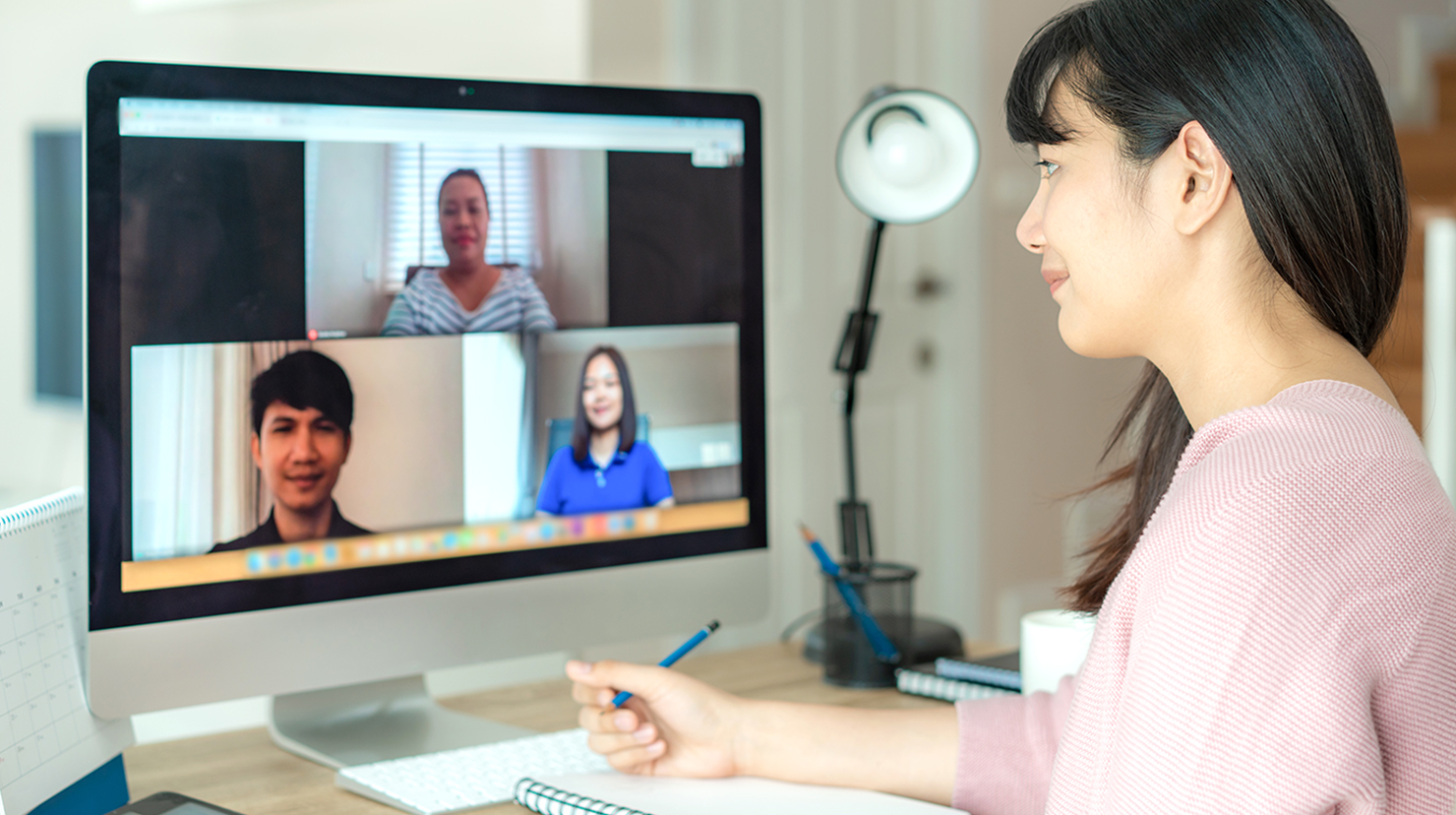
Too often, when people prepare a presentation, they focus solely on the main content. That’s good, but it’s also important to think about the question-and-answer (Q&A) session. Since this part typically comes at the end, it’s often what you are most remembered for.
Of course, there’s no way to know what questions the audience will ask (oh, that there were!). However, no matter what your topic is, there are ways to prepare for questions, increase audience engagement, respond intelligently, deal with presentation hijackers or dissenters, defuse loaded questions, and own the end.
Prepare for Questions
Write down a few questions you anticipate being asked. Rehearse your answers. One of the questions can be used to get the ball rolling in the Q&A session, especially if no one has a question right away.
Reinforce key messages. It can be very effective to end your answer with a relevant key point from your presentation. “And that’s why we need to [state a point from your presentation].”
Focus questions on specific topics you are comfortable discussing. For example, when discussing an upcoming project, and your part is mostly the project timeline, you can ask, “What questions do you have about the project timeline?”
Increase Audience Engagement
Near the start, announce there will be a Q&A session. Ask attendees to write down questions as they think of them.
Ask presumptively. Be specific and ask, “What questions do you have about [topic]?” Then pause, look around, and wait several seconds. You can try using body language to encourage questions, such as leaning in and taking a step forward, or extending one arm toward the audience.
Plant a question or two. Have a buddy in the audience ask a “break the ice” question that you already have a great, short answer prepared for. Then say, “Next question?”
Answer your own question. If there are no questions, try saying something like, “Many people have asked me . . . [a typical question]?” And then, answer your own question, followed by, “What questions do you have about [related topic to the question you just answered]?”
Respond Intelligently
Listen. Pause. Repeat. Respond.
1. Listen to the question without interrupting.
2. Pause a few beats. You will look thoughtful.
3. Repeat the question, paraphrasing if needed, to both clarify your understanding of the question, and to allow the audience to hear the question in a large meeting room.
4. Respond. Give a short, direct answer. State your point, give a reason, provide an example or evidence, then restate your point. If you’re not sure of an answer or it requires more time to explain, offer an alternative.
• Defer: Put off answering the question if it is beyond the scope of the presentation, one that you don’t have an immediate answer for, or one that requires more detail than you want to get into right then [“Let me talk to you later”].
• Alternatives to “I don’t know”:
– “I don’t know, but I’ll find out and let you know. However, I do have some thoughts around that question . . .” [And then give some of your related thoughts].
– “I don’t have enough information on that yet. I’ll need to get back to you.”
– “That’s an interesting idea—I hadn’t thought of that.”
Start and end your response by making eye contact with the questioner. Look at other audience members in between to involve them.
Deal With a Presentation Hijacker
Cut off the long comment. When the person takes a breath, cut in and say, “Excuse me, do you have a question?” or “I’m looking for a question. Do you have a question?”
Redirect the off-topic comment: “Excuse me for interrupting, but we need to stay on topic. Do you have a question related to [your topic]?”
Move on from the persistent questioner. While you should allow for a follow-up question, if the questioner persists, your next sentence can be: “I’m happy to discuss this with you after the presentation.” You can also say, “Thank you for your interest! I’d like to hear from others, as well.” Break eye contact with the questioner and look around at others. “What other questions are there?”
• Validate the dissenter. “Thank you for your opinion. There is almost always more than one way to look at a situation.”
• Agree. If possible, find something in common to agree on. “I think we can both agree that …”
• Offer to discuss later. “Let’s discuss this later.”
• Move on. Break eye contact with the dissenter and appeal to the audience, “Next question …?”
If the person is highly disruptive, ask for someone else to deal with them so that you can continue.
Defuse the Loaded Question
Loaded questions can be tricky because they include an assumption that puts you on the defensive. For example, “Has your project finally stopped falling behind schedule?” Whether you say yes or no, you are admitting to falling behind at some point. The general rule is to never answer the question as it was asked, but to deflect or to defuse it.
Question the assumption. Ask, “What makes you ask that?” or “What are you basing that on?”
Empathize and redirect. If you get a loaded question, such as “Why are you charging so much for your program?” try empathizing and redirecting. Empathize with the person, “I can understand your concern with the price.” Then, redirect the question to one that you want to answer. “I believe your concern is whether you are getting a good value for the price …”
Defer. If the person is unsatisfied or becomes hostile, offer to speak with them after the presentation.
Own the End
You don’t want someone else to control the end of your presentation, so don’t end it on your last Q&A response. If you have to say, “Well, my time is up,” you’ve lost control. A more compelling way to wrap up is to save your concluding words for after the Q&A. Use your final remarks to reinforce your key message and probably share a call-to-action.
The Q&A session is often what you're most remembered for.
Finally, watch your time. As you get within a few minutes of the end, offer to “take one last question.” Or, if you realize you don’t have time for one last question, segue into your conclusion as you end your response.
Follow these tips and the Q&A session can be the best part of your presentation!
Diane Windingland, DTM is a presentation coach from Spring, Texas, and a member of three clubs: Frankly Speaking Toastmasters in Spring, Texas, and PowerTalk Toastmasters and Readership Toastmasters, both in Minnesota. Learn more at virtualspeechcoach.com.
Related Articles

Presentation Skills
How to Rock Your Presentation

Presentation Skills
How to Moderate a Panel Discussion—Virtually

Presentation Skills



 Previous
Previous
 Previous Article
Previous Article